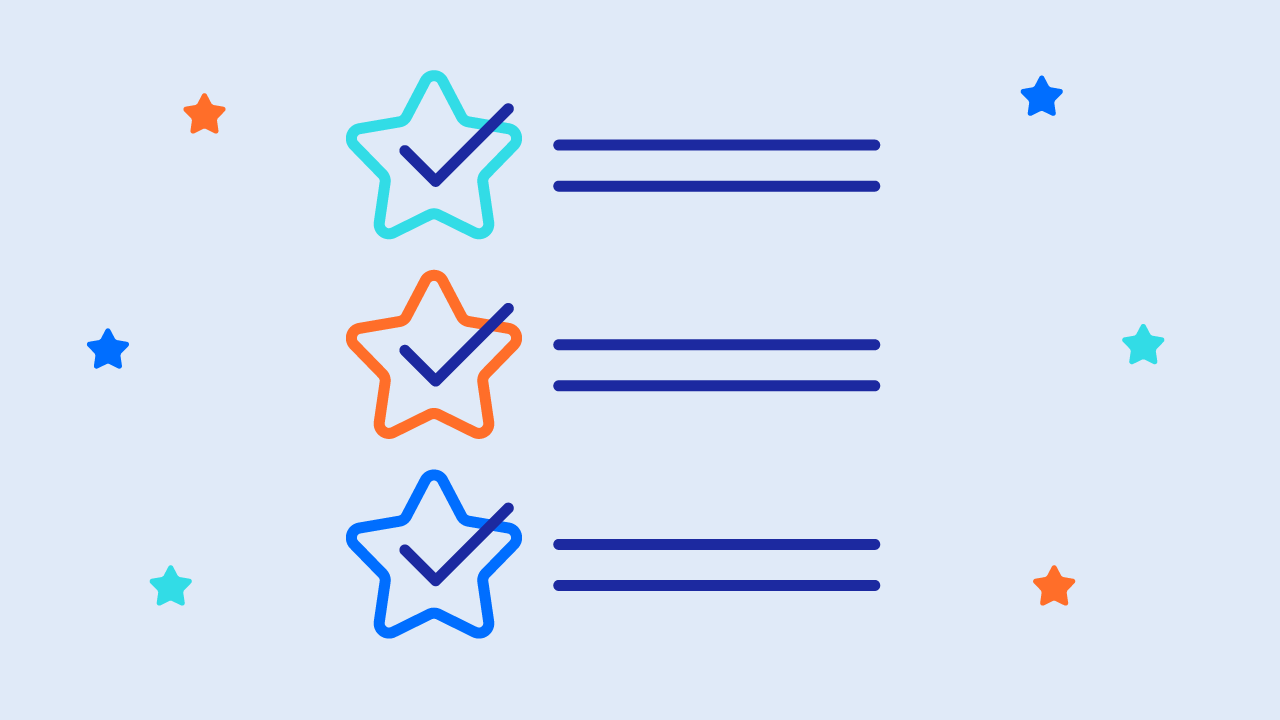Artificial intelligence (AI) has been with us for many years, but the arrival of generative tools like OpenAI’s ChatGPT and DALL·E 2 have kickstarted growth and seen the technology quickly filter into how we work.
For those in the PR and communications industry, the messages you create through the images and words you choose are critical. So when it comes to AI, you're probably asking yourself questions like "How should I be using it?" and "Can it help me to work smarter, faster and more effectively?"
AI is revolutionizing the way we learn and work. With the ability to collectively capture and instantly access knowledge, we no longer have to individually re-learn what countless humans before us have already learned.
Chances are you're probably more aware of AI than you realize (it's the foundation of sentiment analysis, for example), and its capability will only grow over time. If you’re ready and eager to start using ChatGPT and generative AI right now, here’s a six-part, step-by-step guide on how to start.
1. Get to Know Generative AI Tools
Before you begin, get familiar with the types of tools out there and which tasks each are designed for. Generative AI can now help you create text, images, video and audio, all from scratch.
- AI text generation: These are built on Large Language Models (LLMs) and include ChatGPT, Google Bard, Bing Chat, Jasper and Poe by Quora.
- AI image generation: These tools use natural language prompts to create images and include DALL·E 2, Midjourney, Stable Diffusion and Adobe Firefly.
- AI video and audio generation: Synthesia, Pictory and Kaiber can generate videos without the need for cameras, animation software or actors.
For the purposes of this article, we’ll predominantly use ChatGPT to illustrate our points, however many of these tips still apply across different applications. If you’re just beginning your journey with AI, then ChatGPT and similar text applications like Bard and Bing are the best places to start experimenting.
2. Identify What You Need From AI
It’s important to ask yourself exactly what you’re looking to achieve with AI. Analyze your workload and identify tasks that are repetitive or time-consuming.
Can AI help when it comes to drafting press releases, writing social media posts, responding to common media inquiries or crafting messages for specific scenarios (e.g. crisis management)? For example, if you’re expecting adverse public reactions to issues or events, providing ChatGPT with some context as well as your audiences will allow it to provide you with some key messages for each stakeholder group.
From here, prioritize using these applications based on potential impact, ease of integration and urgency. This might mean focusing on high-volume tasks like social media content creation. For example, providing a press release as context and asking for a series of social media posts to accompany the release.
3. Test and Train the AI
Prompts are fundamental to generative AI. These are the instructions or questions you give ChatGPT to get a response. The quality of the answers you receive will depend on how well you frame your question.
Composing a press release is a good place to start. Ask the AI to draft a release based on a set of bullet points summarizing a new product launch, a corporate announcement or business initiative. Make sure you provide the information the AI will not know, for example what the product might be called or the launch date. If the first response isn’t quite right, provide feedback to improve the AI’s understanding of what’s required. You can give extra context, or provide guidance around tone and length, even ask it to generate a quote from a specific person to include in the release.
Another potential use case is in composing social media posts. Ask ChatGPT to look at your caption and shorten it to fit a specific character count for Twitter. Or request an adjustment in tone to suit a more formal LinkedIn audience. In all cases, being clear on the business and communication outcomes that you’re trying to achieve will lead to a better result for any specific task. For example, you could try telling ChatGPT you want to increase clicks or shares of a certain post to drive more traffic to a specific website.
This is an iterative learning process for the AI, so there will likely be some trial and error. As you refine your request, the AI will better understand your specific needs. For this reason, try to keep your requests in line with the current “conversation” with the AI. If you want to give it a new and unrelated task, start a fresh conversation.
4. Review and Edit the Output
ChatGPT can produce content for you quickly, but it’s still vital to review and edit the output with the human eye. Check for regional nuance in language, cross-check data and facts, as accuracy is paramount – particularly if the work is being sent out to journalists or made publicly available on social media. AI still tends to “hallucinate” facts, including research reports and authors that don’t exist. So be extra vigilant if you’re asking an AI to create text from simple prompts as opposed to re-formatting or summarizing text you’ve provided.
It’s also important to keep tone of voice in mind. AI can help you create engaging content, but it's vital to ensure that it’s also consistent with your brand. This is an area where you can apply your own PR and comms expertise. Does it “sound” right? Are key messages being prioritized? Is it tailored to the right audience? Remember, you can ask the AI to provide you feedback on any text, including text the AI itself created, from a certain audience perspective but you will have emotional and intuitive experience that ChatGPT won’t be able to emulate.
5. Bring AI Into Your Workflow
As you get comfortable with AI, start to integrate it more directly into your workflow for specific tasks. That could be composing press releases, writing social media captions or outlining blog posts.
You’ll need to measure its effectiveness, so look to track how much time you're saving or if the quality of your initial drafts has improved. Do you have a benchmark for how long it takes to get a press release from a blank page to distribution? Measure this start-to-finish process with AI, and if you’re reaching the end faster that’s a good indicator of its effectiveness.
If you’re finding AI is having a greater positive impact on certain tasks, focus its usage there to see if you can make it even more beneficial. Once you’re getting the most out of ChatGPT, you’ll be able to free up time to work on more creative or strategic PR and comms work.
It’s important to remember, however, that tools like ChatGPT aren’t just text generators. They also have an understanding of communications principles and best practice.
ChatGPT is as aware of Grunig and Hunt’s four models framework, as it is the Barcelona Principles of measurement and evaluation. So it’s capable of drafting strategies and plans if you ask it to follow these principles, or even to evaluate your own strategies against these frameworks with scores and suggestions for improvement. This works even if you have your own internal framework – simply provide that as context in the prompt. All you have to do is ask.
6. Stay Updated on All Things AI
AI is a fast-moving technology, and generative tools like ChatGPT are still in their infancy. Follow the latest updates from OpenAI, Google (for Bard) and Microsoft (Bing Chat) to see what new features are being implemented and how these might benefit your PR work or provide enhanced privacy and security options.
For example, ChatGPT allows you to turn off chat history and training, which we recommend if you’re working with sensitive data. (Of course, we also recommend that you never upload confidential customer or personal data unless you have consent.)
There are also plenty of webinars, forums and online resources out there to give you a fresh perspective on the technology and spark ideas about how it can work for you. One of the challenges with AI is the sheer volume of applications available to choose from. If you’re overwhelmed by the options, we recommend this Future Tools list of the most popular ones.
Additional AI Resources for PR and Communications Teams
These are just a few initial guidelines on how PR and comms professionals can get started with AI. Your relationship with it will develop as the technology continues to evolve, so expect to see even more ways to use it to your advantage in the coming months and years.
Stay tuned for more AI-related content. In the meantime, here are some informational articles about the use and impact of artificial intelligence in the communications industry.








